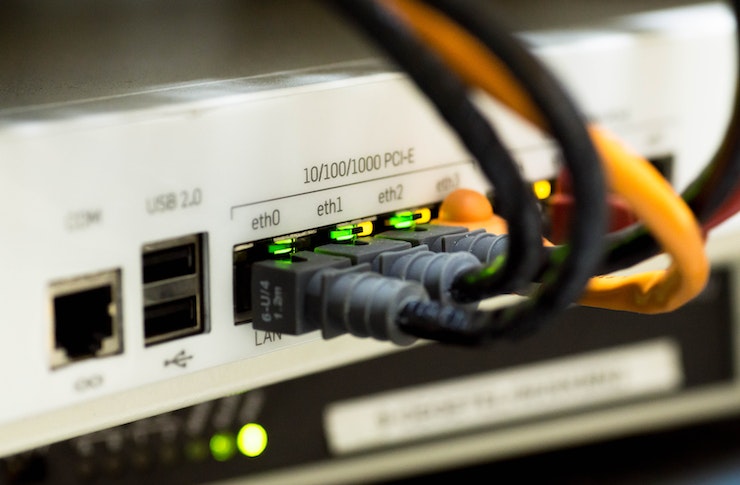Spectrum Sharing: Revolutionizing Wireless Connectivity
The wireless spectrum, a finite resource crucial for modern communication, faces unprecedented demand. As devices multiply and data needs surge, innovative approaches to spectrum management become imperative. Enter spectrum sharing, a groundbreaking concept reshaping how we allocate and utilize this invaluable resource. But what exactly is spectrum sharing, and how does it promise to transform our connected world?

This spectrum scarcity has far-reaching implications. It constrains the growth of wireless services, hampers innovation, and can lead to decreased quality of service for consumers. As emerging technologies like autonomous vehicles and smart cities loom on the horizon, the need for a more efficient approach to spectrum management becomes critical.
Understanding Spectrum Sharing
Spectrum sharing represents a paradigm shift in how we approach wireless resource allocation. Instead of exclusive usage rights, this model allows multiple users or services to access the same frequency bands. This can be achieved through various techniques, including dynamic spectrum access, cognitive radio, and coordinated sharing agreements.
At its core, spectrum sharing aims to maximize the utilization of available frequencies. By allowing different users to access the same spectrum when it’s not in use by the primary licensee, we can significantly increase efficiency. This approach is akin to carpooling for radio waves, ensuring that valuable spectrum doesn’t sit idle when it could be put to productive use.
The Technology Behind Spectrum Sharing
Implementing effective spectrum sharing requires sophisticated technology. Cognitive radio systems, for instance, can dynamically sense and adapt to their radio environment. These intelligent devices can identify unused spectrum and opportunistically transmit without causing interference to primary users.
Another key technology is geolocation databases. These systems keep track of spectrum usage in different geographical areas, allowing devices to query in real-time which frequencies are available for use. This ensures that shared spectrum is used efficiently while protecting incumbent users from harmful interference.
Machine learning and artificial intelligence also play crucial roles. These technologies can predict spectrum usage patterns, optimize sharing algorithms, and quickly resolve potential conflicts between users. As these systems become more advanced, the potential for seamless and efficient spectrum sharing grows exponentially.
Regulatory Landscape and Policy Challenges
The implementation of spectrum sharing is not just a technological challenge but also a regulatory one. Traditional spectrum management policies, built around exclusive licensing, must evolve to accommodate this new paradigm. Regulators worldwide are grappling with how to balance the benefits of sharing with the need to protect incumbent users and ensure fair access.
In the United States, the Federal Communications Commission (FCC) has taken significant steps to promote spectrum sharing. The Citizens Broadband Radio Service (CBRS) initiative, for example, allows shared access to the 3.5 GHz band, previously reserved for military use. This three-tiered sharing model demonstrates how different types of users can coexist in the same spectrum.
Internationally, organizations like the International Telecommunication Union (ITU) are working to harmonize spectrum sharing approaches across borders. This is crucial for ensuring interoperability and preventing interference in regions where multiple countries’ wireless networks overlap.
Economic and Social Impacts
The potential economic benefits of spectrum sharing are substantial. By increasing the efficiency of spectrum use, this approach can foster innovation, competition, and the growth of new wireless services. Small businesses and startups, in particular, may benefit from easier access to spectrum resources that were previously out of reach due to high licensing costs.
Moreover, spectrum sharing could play a vital role in bridging the digital divide. By making more efficient use of available frequencies, it becomes easier to extend wireless coverage to underserved areas. This has profound implications for education, healthcare, and economic development in regions that have historically lacked robust connectivity.
Looking Ahead: The Future of Spectrum Sharing
As technology continues to advance, the potential applications of spectrum sharing are expanding. One exciting area is the integration of spectrum sharing with other emerging technologies. For instance, the combination of spectrum sharing and software-defined networking could lead to highly adaptive and resilient wireless networks capable of self-optimization.
Another frontier is the application of spectrum sharing to higher frequency bands, such as millimeter wave spectrum. As these bands become increasingly important for high-capacity wireless links, developing effective sharing mechanisms will be crucial for maximizing their utility.
The road ahead for spectrum sharing is not without challenges. Issues of security, interference management, and equitable access must be carefully addressed. However, the potential benefits – from increased wireless capacity to more affordable connectivity – make it a compelling solution for our spectrum-hungry world.
As we stand on the brink of a new era in wireless communication, spectrum sharing emerges as a key enabler of our connected future. By reimagining how we allocate and use this precious resource, we open the door to innovations that will shape the way we live, work, and communicate for decades to come.





